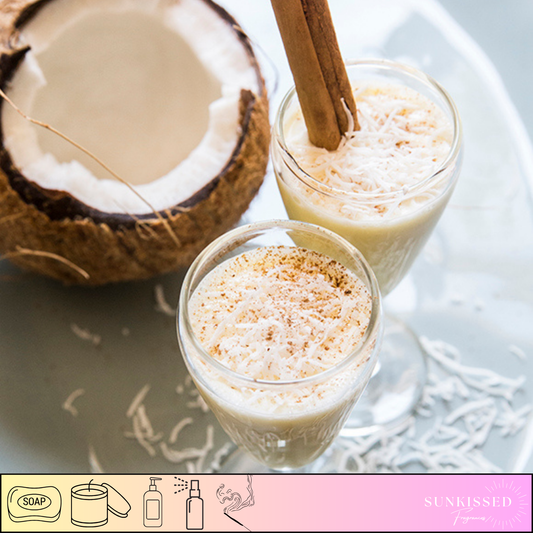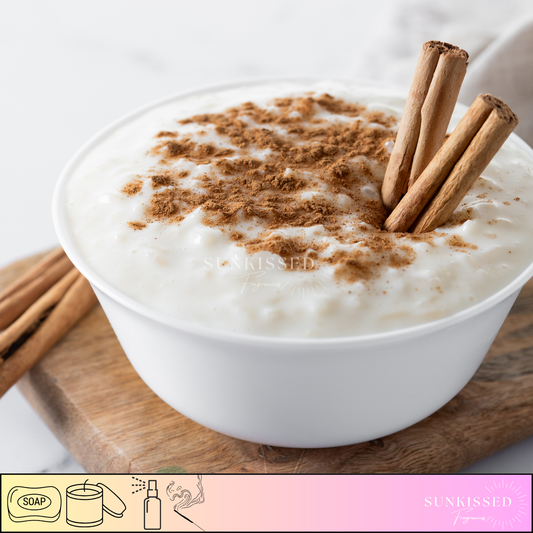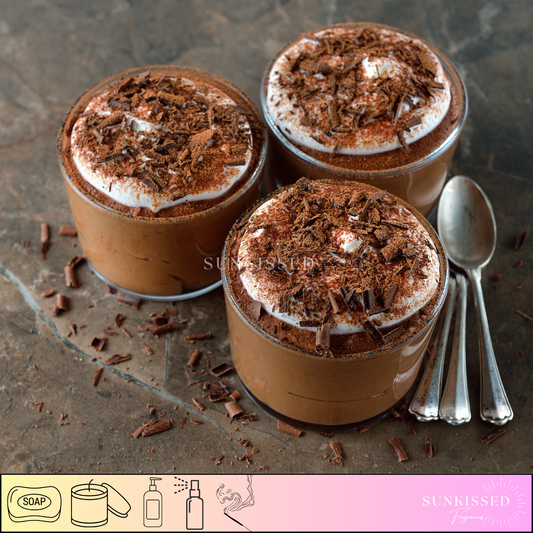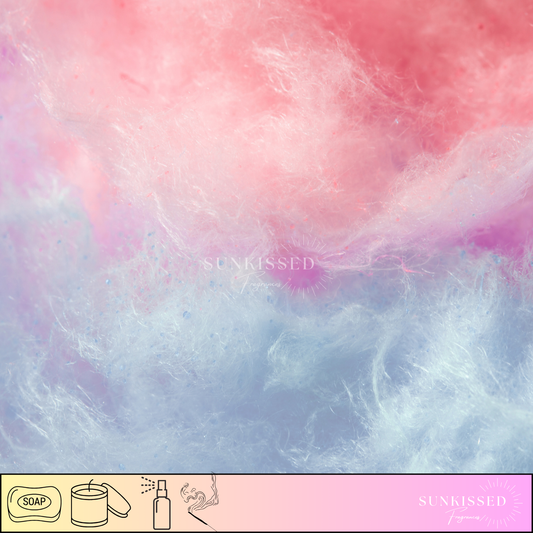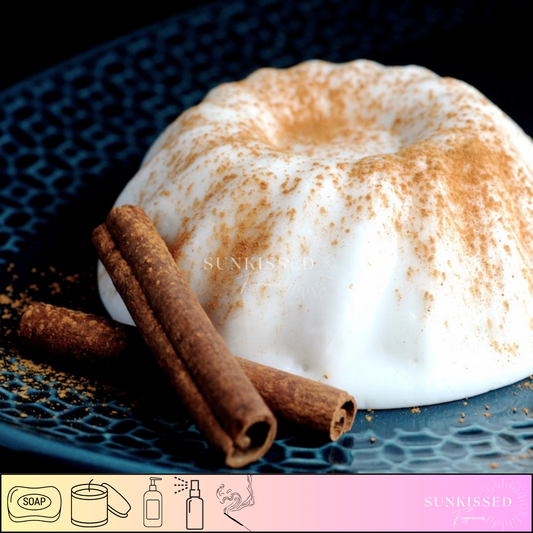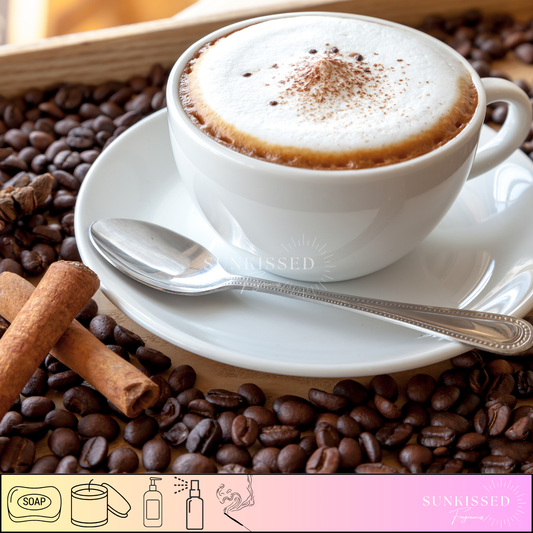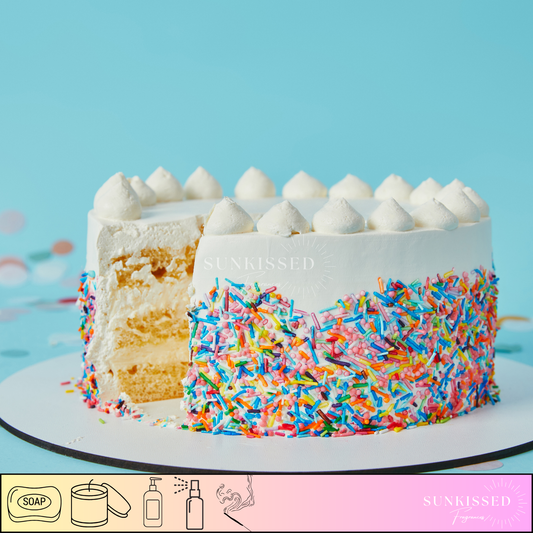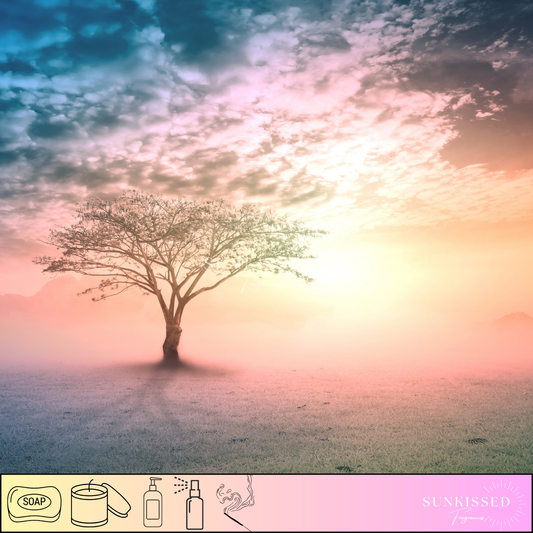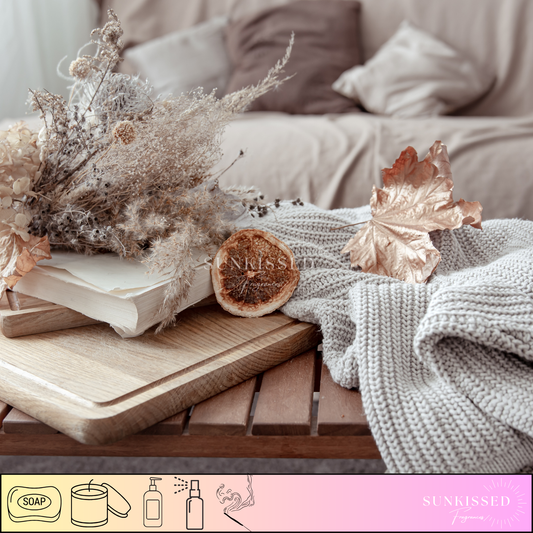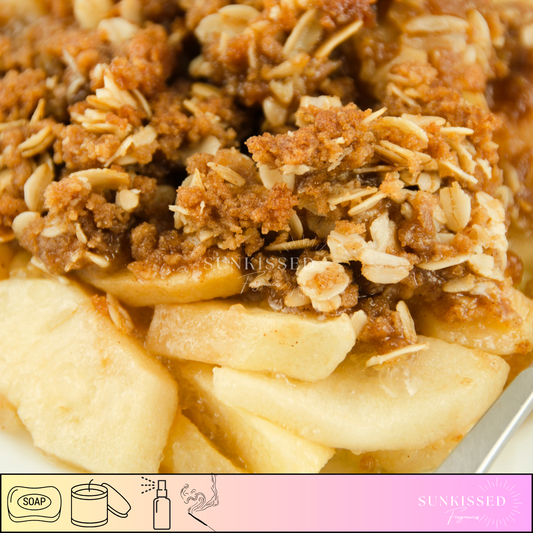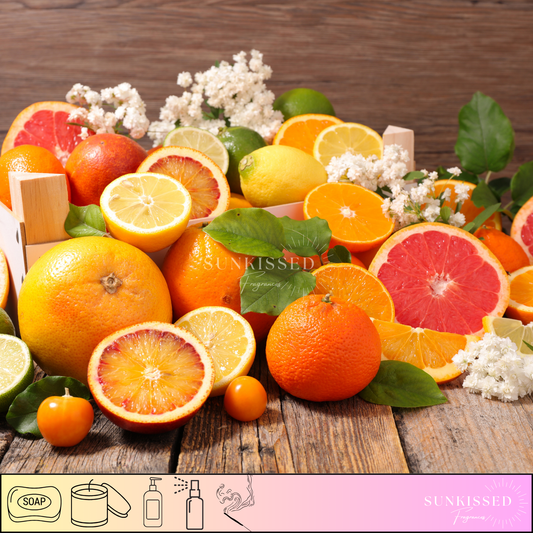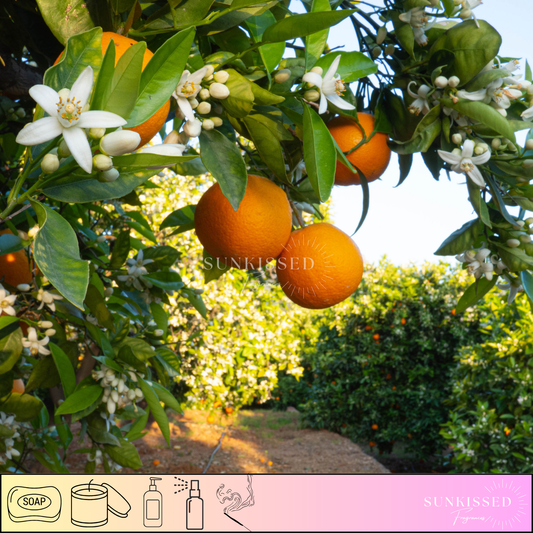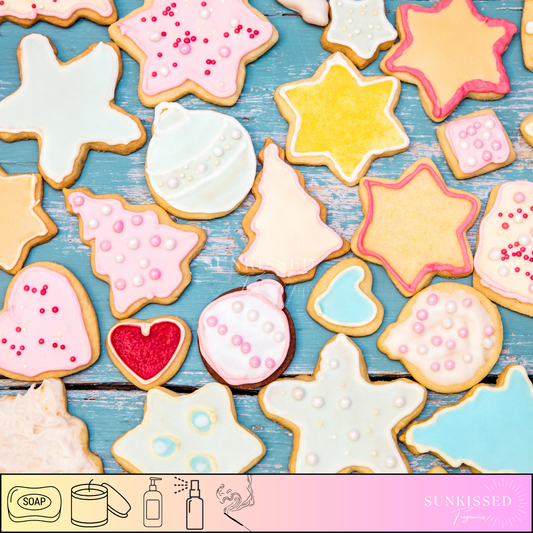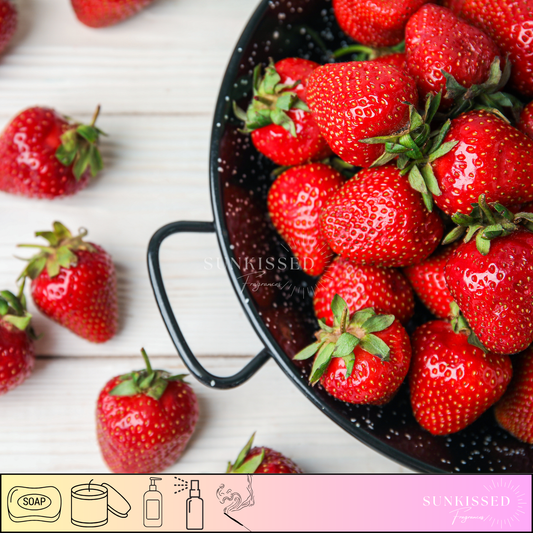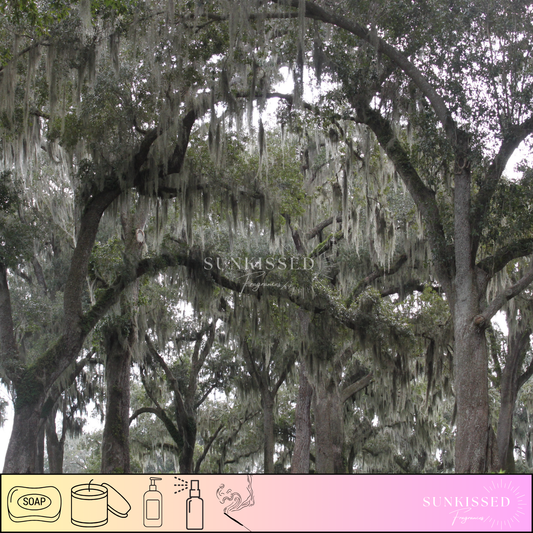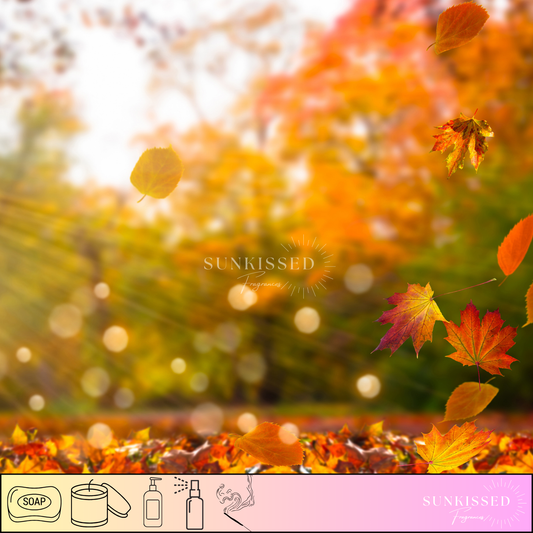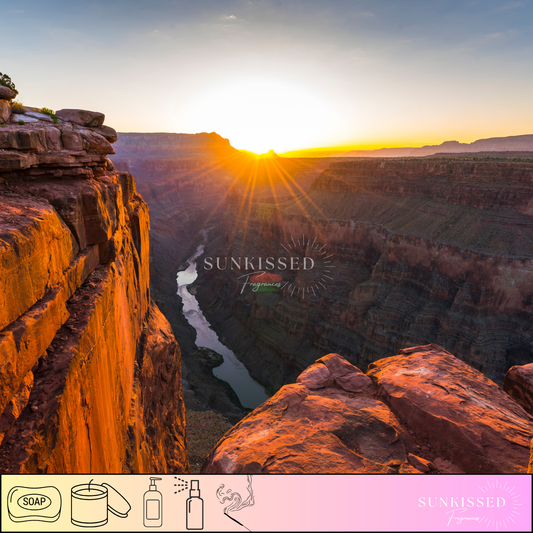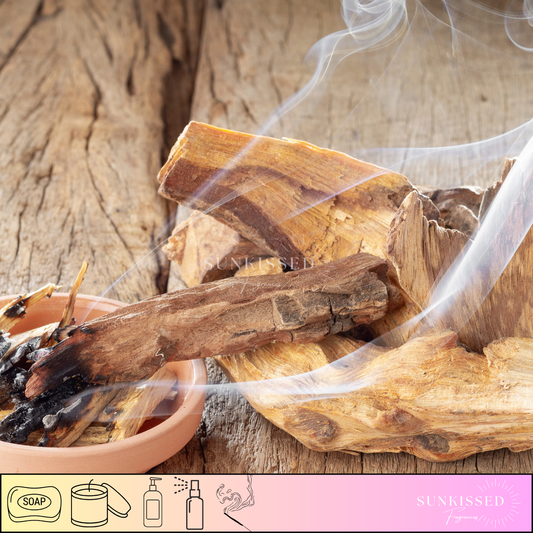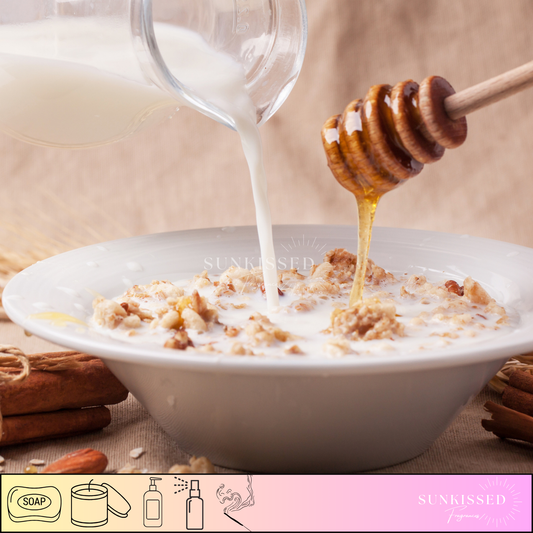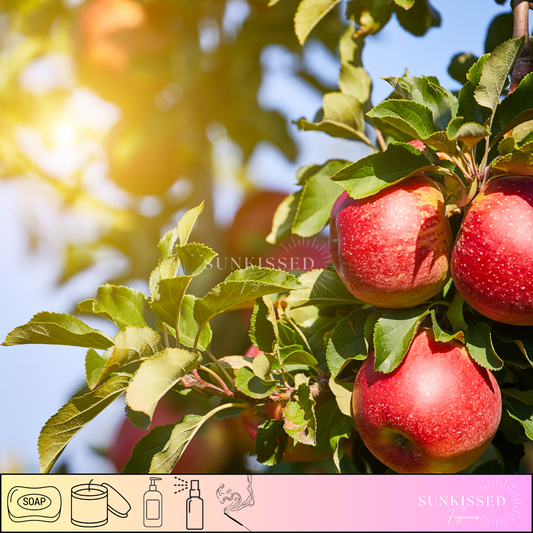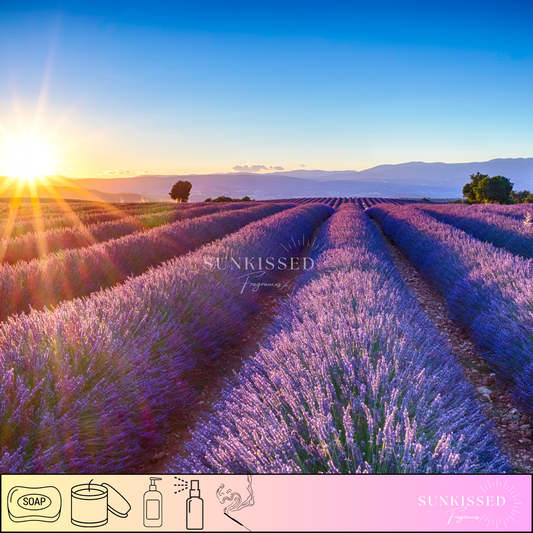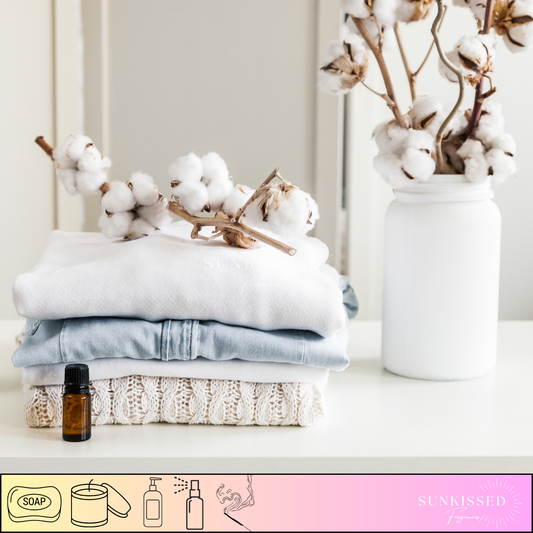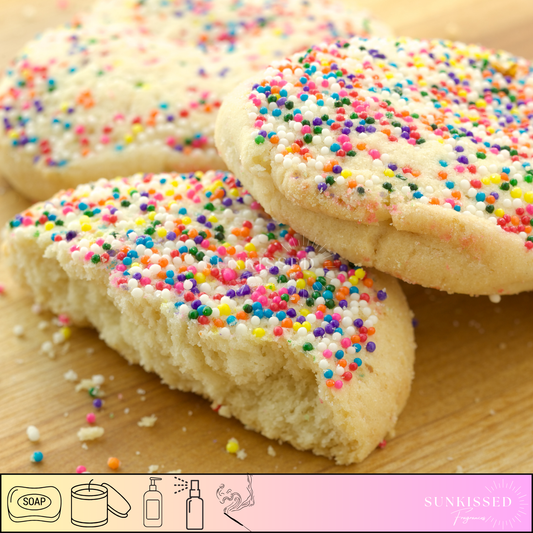
📬 What to Send After Someone Signs Up: Building a Welcome Flow That Converts
Estimated Read Time: 10–12 minutes
When someone signs up for your email list, you have a golden opportunity—one that too many handmade business owners let slip away.
That first email (and the ones that follow) sets the tone for your entire relationship with that customer. It’s your chance to introduce your brand, build trust, showcase your best products, and encourage that all-important first purchase.
Enter the welcome flow—a powerful automated series that meets your new subscriber with warmth, clarity, and purpose.
In this blog, we’ll walk through:
- What a welcome flow is and why it matters
- What your first 3–5 emails should include
- Common mistakes to avoid
- Real examples from product-based businesses
- How to structure your flow for Shopify and your email platform
💡 Why a Welcome Flow Matters More Than a Single Email
You’ve probably seen brands that send one quick “Thanks for signing up!” and then disappear until it’s time to promote a sale.
That’s not a strategy—it’s a missed opportunity.
According to Klaviyo, welcome emails have an average open rate of 60%+ and some of the highest click-through and revenue rates of any email type. That’s because your audience is most engaged right after signing up.
A well-planned welcome flow helps you:
- Build trust and set expectations
- Introduce your products and what makes them different
- Increase conversions (especially for first-time buyers)
- Segment and qualify your audience
- Keep your brand top of mind
✉️ What Is a Welcome Flow?
A welcome flow is an automated series of emails triggered when someone joins your list. It usually includes 3–5 emails spaced over a few days to a week.
The goal? Warm them up, offer value, and lead them to a purchase—without being pushy.
🧱 The Ideal Structure: What to Send (and When)
Email 1: Thank You + Incentive Delivery (Immediately)
- Welcome them warmly
- Deliver the discount code, freebie, or quiz result you promised
- Set expectations for what kind of content they’ll receive
- Include a clear CTA: “Shop now,” “See what’s trending,” etc.
Subject line ideas:
- “Welcome! Here’s your 10% off code 🎉”
- “Thanks for signing up—let’s get started”
Email 2: Your Brand Story + Why You’re Different (1–2 days later)
- Share a short version of your story (maker journey, mission, values)
- Explain what makes your products special (formulation, small batch, handmade, etc.)
- Highlight your most-loved or most-reviewed products
Email 3: Product Education or Quiz Result (2–3 days later)
- Teach them how to choose the right product
- Offer a scent guide, “shop by need” section, or visual bundle
- If you use a quiz: recap their result + what it means
Email 4: Social Proof + Reviews (4–5 days later)
- Highlight real reviews, testimonials, or before/after photos
- Include UGC (Instagram post or tagged photos) if you have it
- Reinforce product benefits with proof
Email 5: Final Reminder + Limited-Time Offer (Day 6–7)
- Gently nudge them to use their discount before it expires
- Reinforce what they’ll love about your products
- Create urgency: “Last chance to save 10% on your first order”
Pro Tip: If they’ve already ordered, switch this email to a “Thanks for shopping” message with tips or related products.
🧠 Tips to Make Your Welcome Flow Convert
- Use your brand voice: Keep it friendly, real, and consistent with your site.
- Use short paragraphs and breaks: Make it easy to skim and read.
- Include clear CTA buttons: Always guide them to the next step.
- Track performance: Look at open rates, clicks, and revenue per recipient.
- Personalize: Use their first name or quiz result where possible.
📈 What to Measure
- Open rate: Aim for 40–60%+
- Click-through rate: See what they’re engaging with
- Conversion rate: Are they buying?
- Unsubscribe rate: Should be low and steady
- Revenue per recipient: The ultimate performance metric
⚠️ Common Mistakes to Avoid
- Only sending one email
- Leading with a hard sell instead of a warm welcome
- Forgetting to include a CTA
- Letting too much time pass between emails
- Not delivering what was promised (code, quiz result, etc.)
🛒 Real-World Example: Soap Brand Welcome Flow
- Email 1: “Here’s your 10% off code + why your skin will thank you”
- Email 2: “Why handmade soaps are better (and how we make ours)”
- Email 3: “Which soap is right for you? Find your formula”
- Email 4: “Over 1,200 reviews and counting”
- Email 5: “Last day to use your 10% off code!”
🧰 Platforms That Make This Easy
If you use Shopify, these platforms are welcome-flow friendly:
- Klaviyo – advanced, powerful segmentation
- Omnisend – great visual builder + product blocks
- Mailchimp – solid basic flows and templates
- Shopify Email – simple and native to your store
✅ Final Thoughts
Your welcome flow doesn’t have to be complicated—but it does need to be intentional.
When someone joins your email list, they’re saying, “I’m interested.” Your job is to respond with something that makes them care.
- Tell your story
- Show what makes you different
- Offer something useful or delightful
- Guide them to the next step—clearly
The more thoughtful your welcome flow is, the more likely they are to buy, stay, and become a loyal part of your brand community.
📌 Tags:
Email Welcome Flow Shopify Email Tips Convert Email Signups Handmade Business Marketing Email Marketing Strategy

